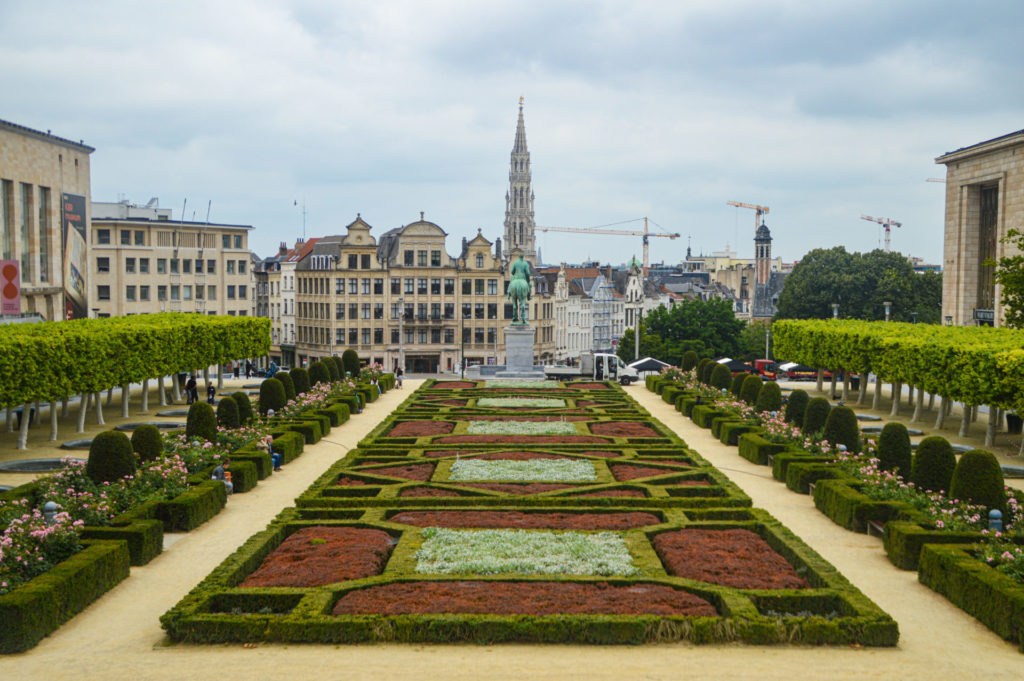The Brussels-Capital Region retains its red colour code, while most regions in the south of Europe turn darker red in the latest update to the travel map by the European Centre for Disease Prevention and Control (ECDC) on Thursday.
As with previous updates to the map, popular holiday destinations such as Spain and the south of France stay dark red, while Italy is now also turning red in some regions.
In Brussels, the incidence rate is currently 370 confirmed cases per 100,000 inhabitants over the past 14 days, meaning it is still a red zone. Flanders and Wallonia report a much lower rate, and both remain their orange.
Updated ? maps are online!
These maps aim to support the @EUCouncil recommendation on travel measures in the EU during #COVID19 pandemic. Color-blind friendly map in the next tweet.https://t.co/CcBVx6B0o5 pic.twitter.com/PCbbYoDaUm — ECDC (@ECDC_EU) August 12, 2021
For holiday destinations in the south of Europe, little is changing as almost all of Spain remains dark red, as does the Mediterranean coast and Corsica in France.
Additionally, the French regions of Burgundy, Brittany and the far north (Calais and Lille) change from orange to red. Only the centre of the country is still orange.
In Italy, the islands of Sardinia and Sicily, as well as the regions of Tuscany and Le Marche, are still red after last week's update, but the areas of Puglia and Valle d'Aosta have now also switched from green to orange.
The Greek island of Crete also remains dark red, while mainland Greece has a regular red colour, apart from the orange zones of Thessaly and East Macedonia.
Related News
- Positive tests among returning travellers from Morocco rise rapidly
- Most of France, parts of Italy turn red on European travel map
- Heavy traffic on roads to holiday destinations in south of Europe
The north of Sweden is now red, and the rest of the country orange. Iceland, Ireland and the north of Denmark are also red.
The Netherlands, which switched from dark red to regular red in last week's update, now also has its first orange zone in the north of the country.
The European colour codes are used by Member States to impose conditions on returning travellers, such as mandatory testing or quarantine. The colour code of a region is also taken into account for the admission of travellers to individual nations.
Member States cannot impose extra restrictions on travellers coming from a green area, but they could demand a negative test and/or quarantine from (unvaccinated) people coming from orange zones.

